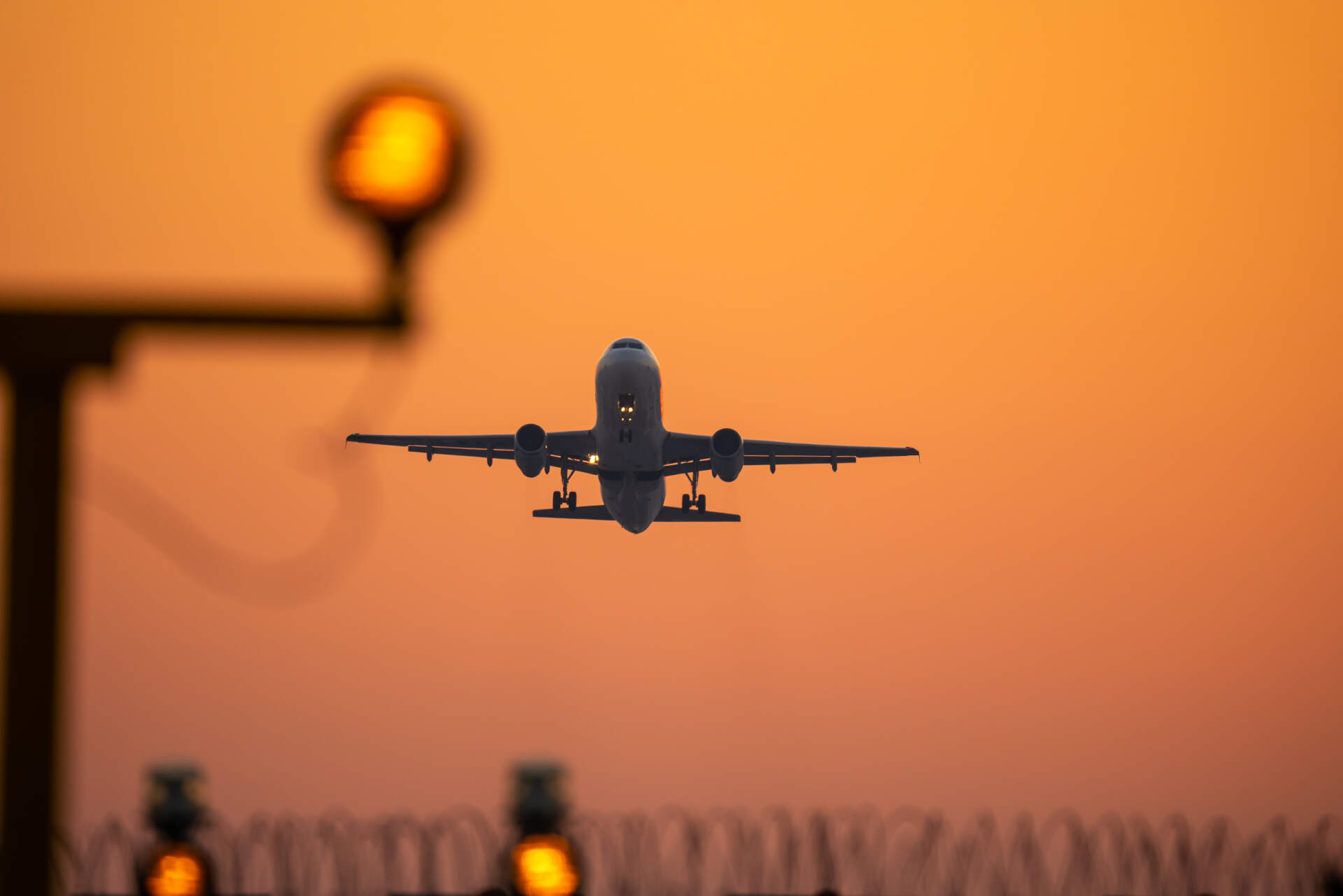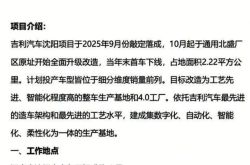Shanghai Airport Logs Record Revenues, Marking a Turnaround
![]() 04/30 2025
04/30 2025
![]() 786
786

On the evening of April 28, Shanghai Airport released its 2024 annual report and first-quarter 2025 financial results.
For the year 2024, the company recorded revenues of RMB 12.369 billion, marking a 11.97% year-on-year increase. Net profit attributable to shareholders stood at RMB 1.934 billion, representing a substantial 107.05% growth over the previous year.
In the first quarter of 2025, revenues amounted to RMB 3.172 billion, up 4.72% year-on-year. Net profit attributable to shareholders was RMB 519 million, a 34.53% increase from the same period last year.
Both the 2024 annual and first-quarter 2025 revenues of Shanghai Airport set new records.
Since 2024, domestic route demand has steadily recovered. Prior to this, the Chinese aviation industry faced severe challenges, with Shanghai Airport, heavily reliant on international passenger traffic, suffering disproportionately. From 2020 to 2022, Shanghai Airport's annual revenue nearly halved, resulting in cumulative losses approaching RMB 6 billion. This performance decline was more pronounced than that of airports in first-tier cities like Baiyun and Shenzhen.
In 2023, the domestic aviation industry gradually rebounded, with Chinese civil aviation domestic routes serving 1.212 billion passengers, a 134.8% year-on-year increase. International routes served 47.318 million passengers, a remarkable 1184.6% year-on-year growth.
From January to September 2024, Shanghai's two major airports handled 602,000 takeoffs and landings, transported 93.433 million passengers, and processed 3.072 million tons of cargo and mail. These figures represent year-on-year increases of 17.8%, 33.5%, and 12%, respectively, all returning to levels similar to the same period in 2019.
Chinese airports are witnessing a pivotal industry turning point. As an aviation service industry, airports stand to benefit significantly from the ongoing prosperity of China's aviation sector, particularly from the growth of non-aviation revenues driven by increased traffic.
When discussing the traffic value of high-quality airports, Zhang Kun once made an insightful observation about Shanghai Airport: It essentially functions like WeChat. After constructing all the necessary infrastructure and runways, it becomes a fundamental platform where all traffic can be monetized, whether through commerce or advertising.
First, its traffic is exclusive, devoid of competition. Second, this traffic incurs no cost or even negative costs. Third, the traffic is filtered and contained within a closed space, where passengers cannot leave, resulting in substantial single-customer value for traffic monetization. This traffic value is highly appealing to any monetization party.
Zhang Kun's traffic theory applies not just to Shanghai Airport but also to other high-quality airports.
While China's listed airline sector is dominated by Air China, China Eastern Airlines, and China Southern Airlines, the listed airport landscape features one superpower alongside multiple strong players.
Shanghai Airport's outstanding performance is largely attributed to its unique geographical advantages and passenger structure.
Unlike the passenger diversion between Capital Airport and Daxing Airport, or between Baiyun Airport, Shenzhen Airport, and even Hong Kong Airport, Shanghai Airport is situated in China's affluent Yangtze River Delta region, virtually monopolizing the high-quality passenger flow in this golden area.
Based on data from 2015 to 2019, Shanghai Airport consistently handled close to 50% international passengers, whereas Capital Airport and Baiyun Airport each had less than 30%, and Shenzhen Airport less than 10%.
More importantly, Shanghai Airport's international flights primarily serve developed countries like Europe, the United States, Japan, and South Korea, attracting a higher proportion of high-end business travelers. In contrast, the international flights of Shenzhen and Baiyun Airports mainly cater to Southeast Asian countries, where international passengers' spending power is notably lower than that of Shanghai Airport.
As a renowned high-quality stock in the A-share market, Shanghai Airport boasts significantly stronger profitability compared to other airports. A larger number of high-quality passengers and market-priced non-aviation revenues are crucial factors underpinning Shanghai Airport's exceptional performance.
However, Shanghai Airport is not immune to pressure, as other airports' international passenger numbers are also growing, and competition among Beijing, Shanghai, Guangzhou, and Shenzhen—the four major first-tier cities—is pervasive.
In the pre-pandemic years from 2017 to 2019, Shenzhen Airport's international route passenger growth rate exceeded 30% for three consecutive years, far outpacing Shanghai Airport's average growth rate of 7.24% during the same period.
According to Shenzhen's plans, by 2025, the passenger throughput of Shenzhen Airport will exceed 70 million, a nearly 40% increase from 2019, with international passenger throughput surpassing 10 million, almost double that of 2019.
From 2016 to 2019, Baiyun Airport's international passenger numbers rose from 13.52 million to 18.71 million, averaging an annual growth rate of 11.5%, also higher than that of Shanghai Airport.
Among the four major airports, the biggest wildcard may be Capital Airport.
This airport, which boasts the highest passenger traffic in China, has been undervalued in the capital market in recent years, with its market value plummeting. Besides the impact of passenger diversion from Daxing Airport, a more critical factor is that the Capital Airport Group diverts some profits away from the listed company. A prime example is the division of duty-free deductions, which severely undermines the company's profitability.
In the long run, after Daxing Airport diverts some passengers, Capital Airport, with its geographical advantage of being closer to the city center, may witness a substantial increase in the proportion of international passengers in the future. Changes in its traffic structure could lead to significant improvements in Capital Airport's future performance.
Amidst fierce market competition, Shanghai Airport remains proactive. The company has merged with Shanghai Hongqiao Airport, becoming the first listed company in China to operate two international airports. With complementary traffic and resource sharing following the merger, the performance scale of the listed company is poised to continue expanding.
From the perspective of both short-term recovery elasticity and long-term growth certainty, Shanghai Airport undeniably remains the most advantageous airport in China.
Disclaimer
This article covers content related to listed companies and is based on the author's personal analysis and judgment, utilizing information publicly disclosed by listed companies in accordance with their legal obligations (including but not limited to interim announcements, periodic reports, and official interaction platforms). The information or opinions presented in this article do not constitute investment or other business advice, and Market Value Observation assumes no responsibility for any actions taken as a result of using this article.
——END——








